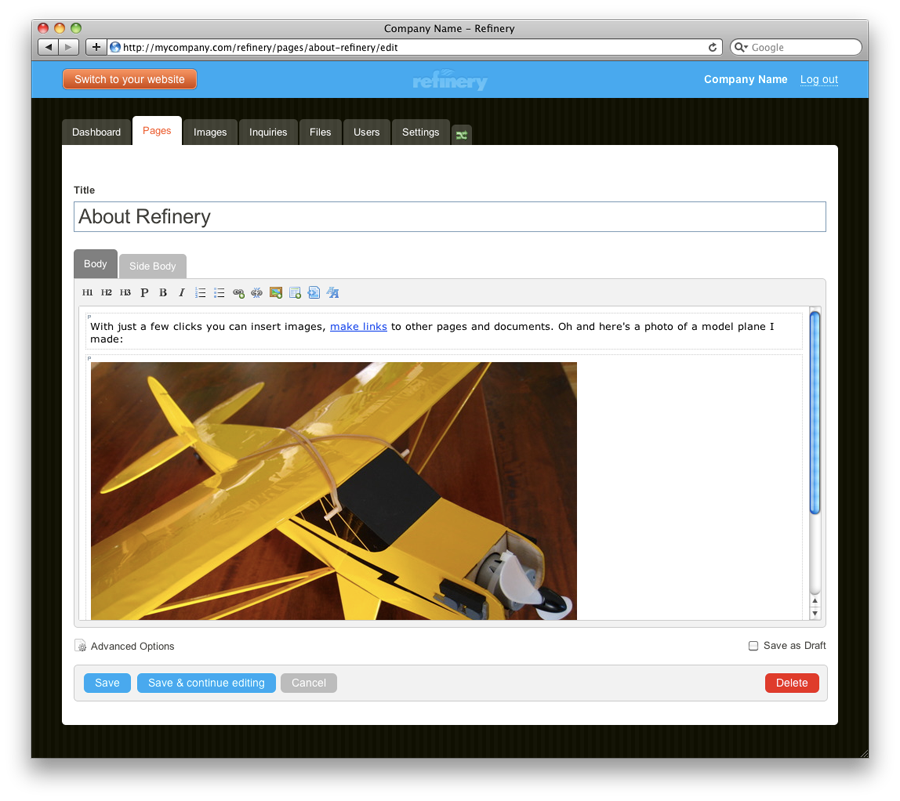Mastering the Art of Packing Jobs: A Comprehensive Top 3 Guide
The art of packing jobs is a skill that is often overlooked, yet it is one of the most critical aspects of any manufacturing or distribution process. Whether it's packing products for shipment or organizing items for storage, effective packing can significantly impact efficiency, cost, and customer satisfaction. This guide will provide a comprehensive look at the top three strategies for mastering the art of packing jobs. We will delve into the importance of packing jobs, the science behind effective packing, and how to leverage technology for packing optimization.
Packing jobs are more than just fitting items into boxes. They require a strategic approach, understanding of the product, and knowledge of the best practices. It's a delicate balance between protecting the product, maximizing space, and maintaining efficiency. The consequences of poor packing can be severe, leading to damaged goods, wasted space, and increased costs. This guide will provide valuable insights and practical tips to help you master the art of packing jobs.
The Importance of Packing Jobs

The first step in mastering the art of packing jobs is understanding their importance. Packing is not just about protection; it's about presentation, efficiency, and cost-effectiveness. A well-packed product can create a positive first impression, leading to increased customer satisfaction and repeat business.
Poor packing, on the other hand, can lead to product damage and returns, which can erode profit margins and damage a company's reputation. Moreover, inefficient packing can lead to wasted space in storage and transport, leading to higher costs. By mastering the art of packing, you can reduce these risks and optimize your operations.
The Science Behind Effective Packing

The next step in mastering the art of packing jobs is understanding the science behind it. Packing is a complex process that involves understanding the properties of the items being packed, the packing materials, and the packing environment.
The first aspect to consider is the product itself. Different products require different packing strategies. For fragile items, the focus should be on protection, using materials that can absorb shocks and prevent damage. For non-fragile items, the focus should be on maximizing space, using packing techniques that allow for efficient stacking and storage.
The packing materials also play a critical role. They need to provide the right level of protection, be cost-effective, and be easy to handle. The packing environment, including the storage and transport conditions, also need to be considered, as they can affect the effectiveness of the packing.
Leveraging Technology for Packing Optimization

The final step in mastering the art of packing jobs is leveraging technology. Today, there are various tools and software that can help optimize packing processes. These technologies can help in designing the optimal packing layout, selecting the right packing materials, and automating the packing process.
For example, 3D modeling software can be used to design the optimal packing layout, taking into account the size, shape, and properties of the items being packed. This can help in maximizing space and reducing packing time.
Similarly, material selection software can help in choosing the right packing materials, taking into account factors like cost, protection, and environmental impact. Finally, automation can help in speeding up the packing process, reducing labor costs, and improving accuracy.
Mastering the art of packing jobs requires understanding their importance, the science behind effective packing, and the use of technology. By following these steps, you can improve your packing processes, reduce costs, and increase customer satisfaction.







